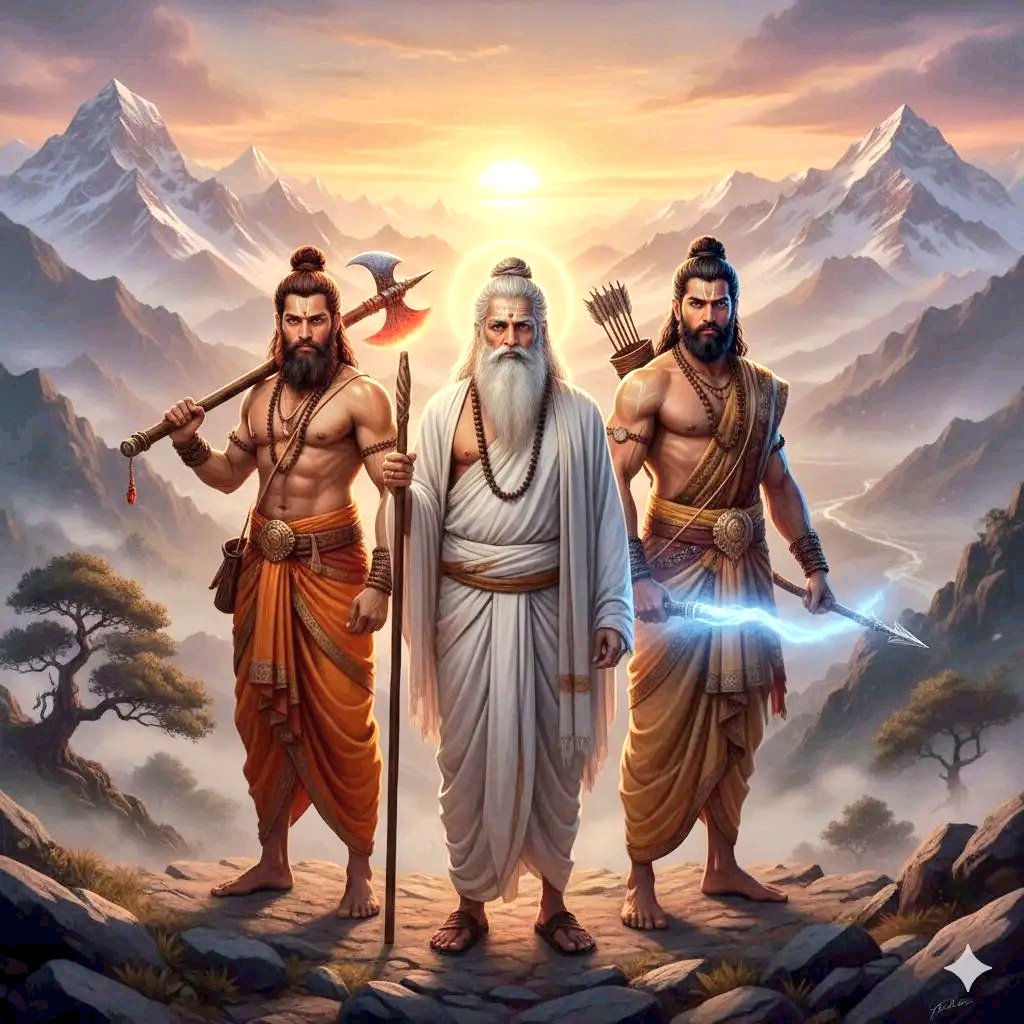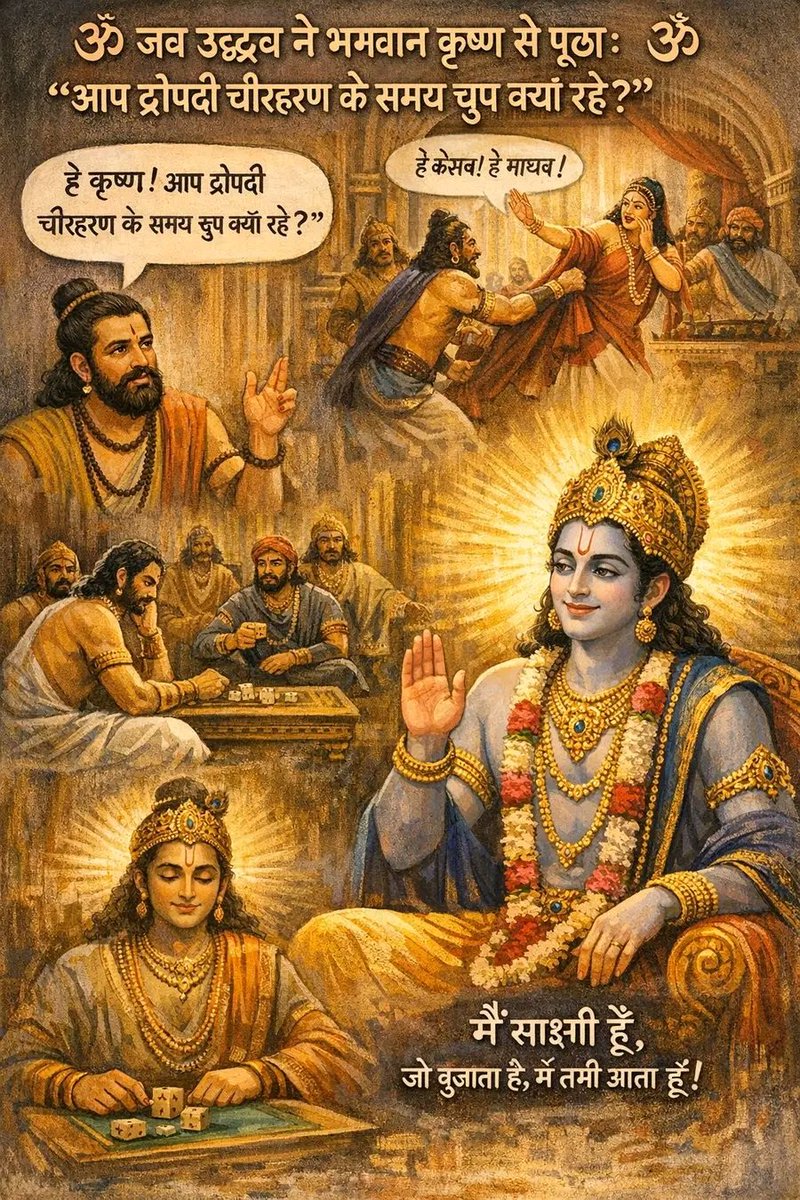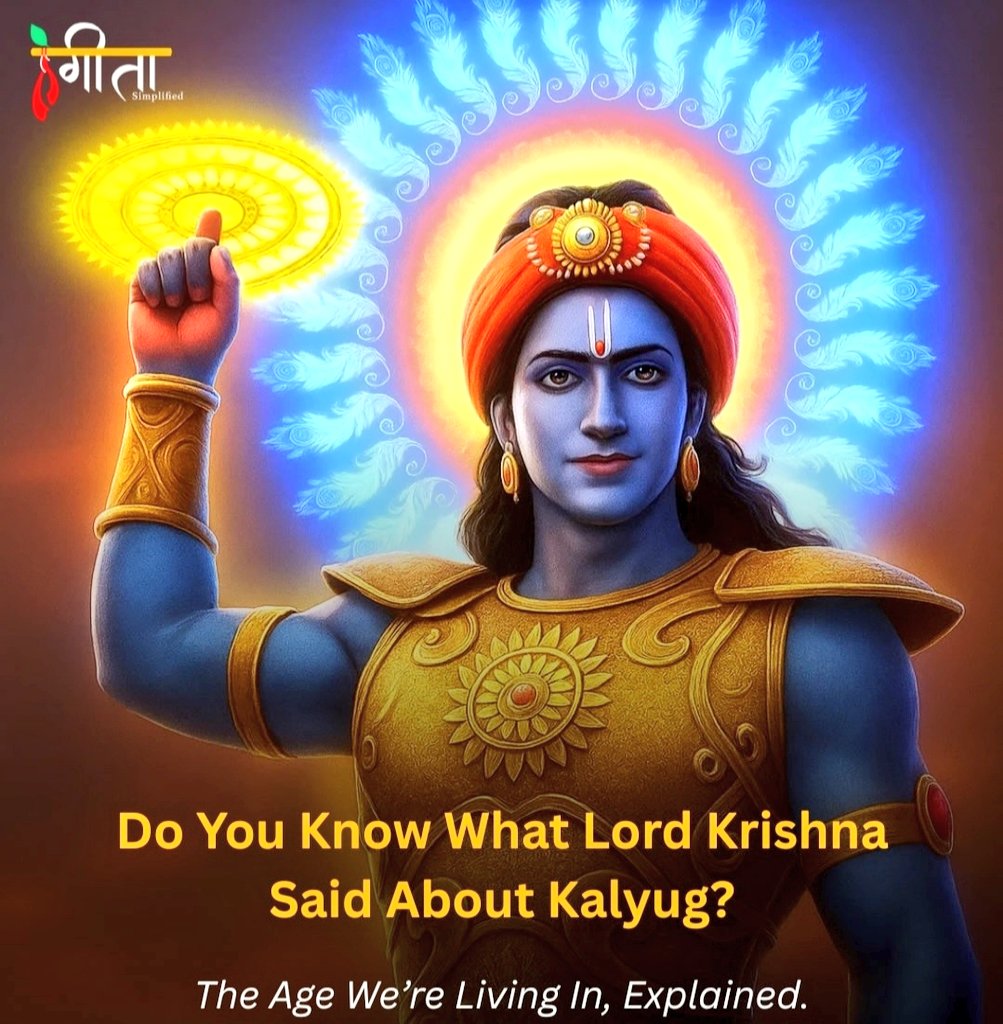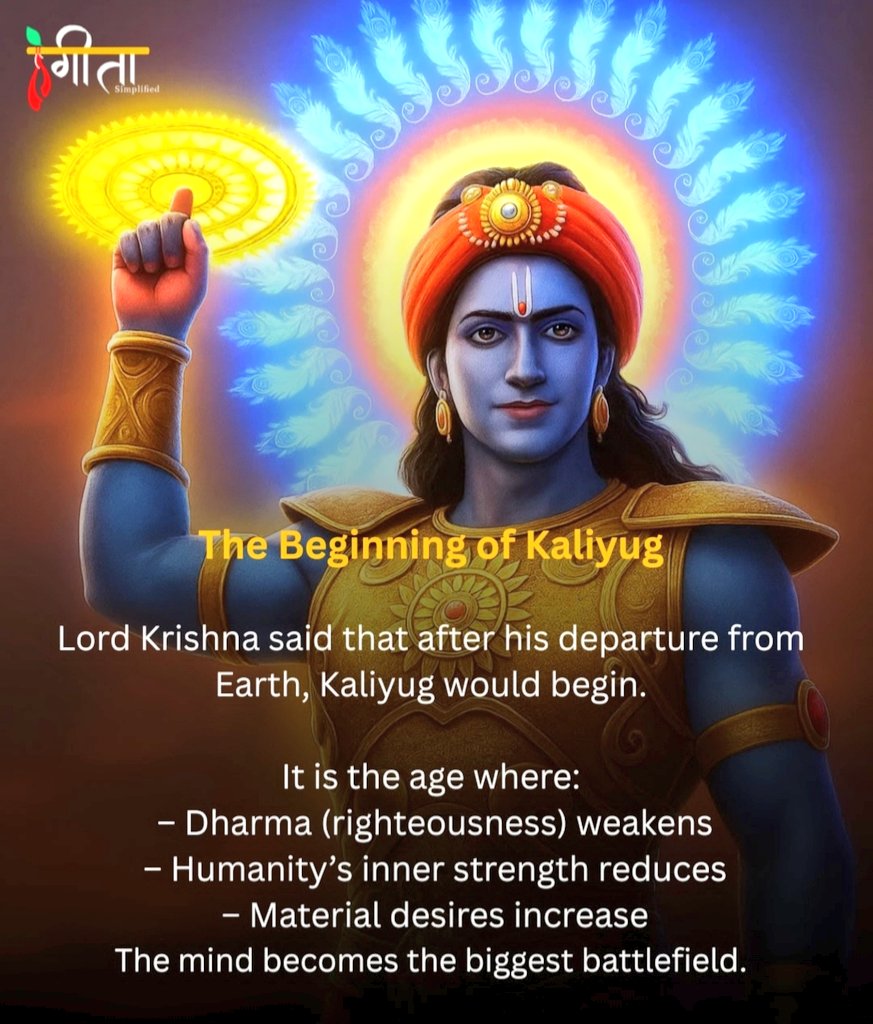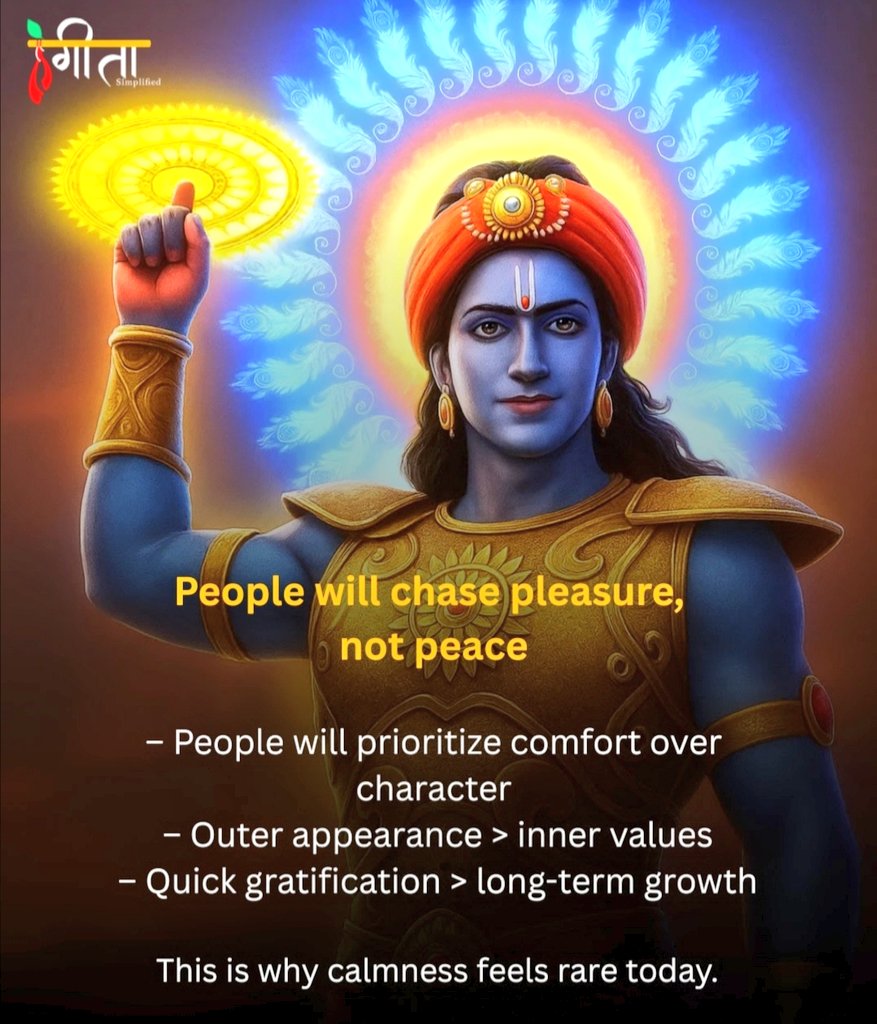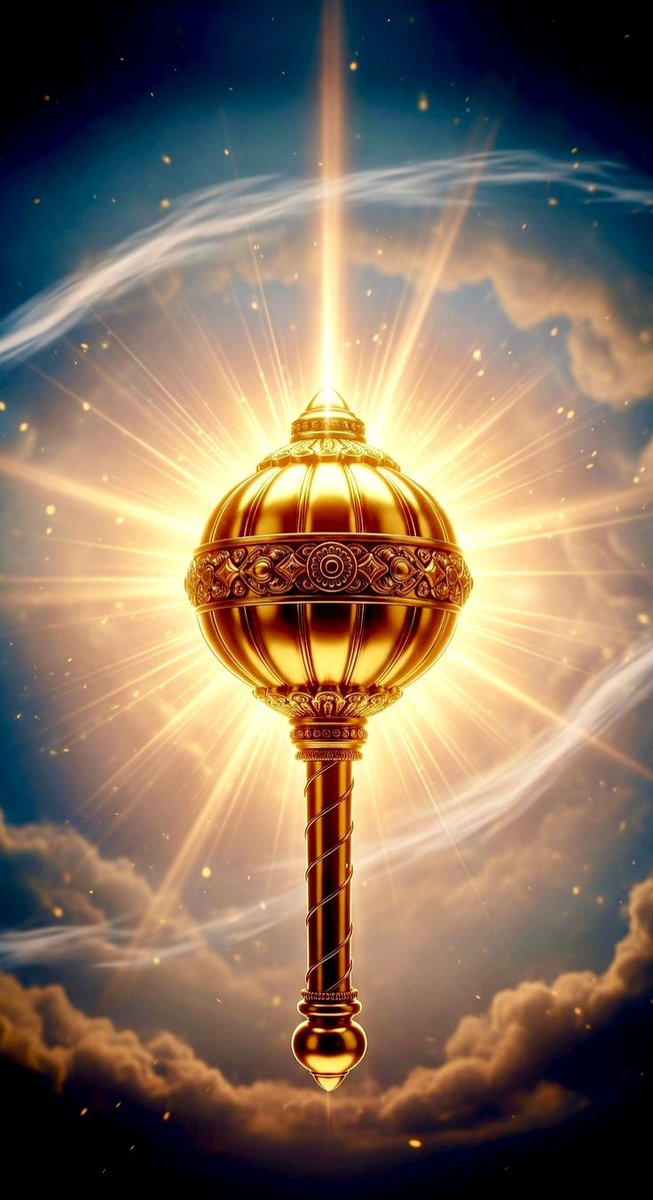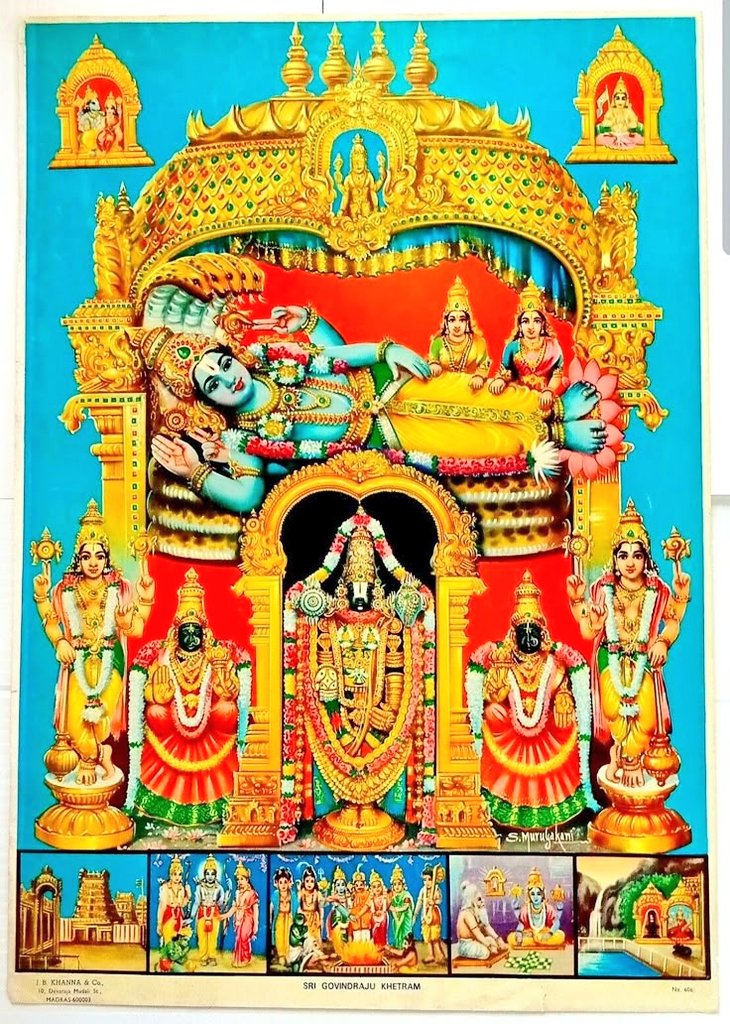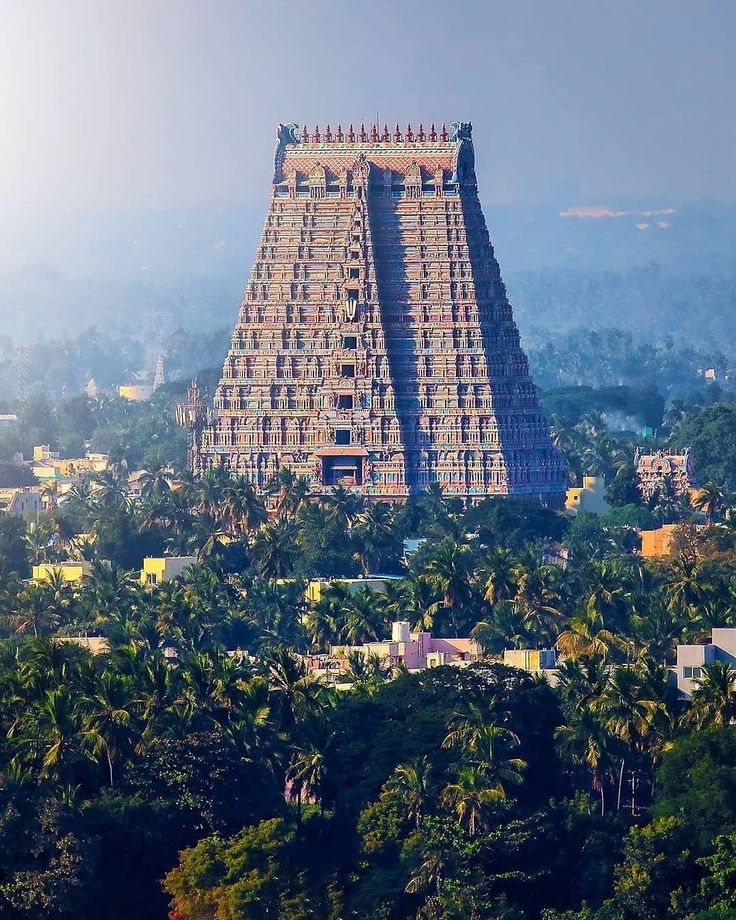Srivaanchiyam Vaanchinatha Swami Temple in Srivaanchiyam,Tiruvarur District of Tamil Nadu is a unique temple that has a separate shrine of Yama Dev. In the tradition of this temple, devotees visit the shrine of Yama first before entering the temple,unlike in other temples where.. 

... Sri Ganesh is propitiated first. The temple also has two statues of Nandi, one on the east side and one on the west.
This temple is among the six temples in cauvery river bank which are equivalent to Kashi.
This temple is among the six temples in cauvery river bank which are equivalent to Kashi.

A visit to the above Shiv temples in Cauvery river bank are said to resolve the Sins of the shiv bhakt and his/her ancestors. 

The holy Yama teertham and Gupta Ganga are the temple teerthams. If pitra tarpana is done in this place, it is said to give salvation to the departed souls. Death at this place is considered sacred and equivalent to Kashi as Sri Vaanchinatha gives Moksha to... 

...the souls which depart in the soil of Srivaanchiyam. This temple is even open during solar and lunar eclipses which is in contrast to all temples which would be closed during the eclipses. 

It is a common practice to close the temple when there is a death in the village, but Vaanchinatha temple is not closed when any person dies in the village. The Gupt Ganga is considered even more sacred than the Ganga at Kashi.
• • •
Missing some Tweet in this thread? You can try to
force a refresh


